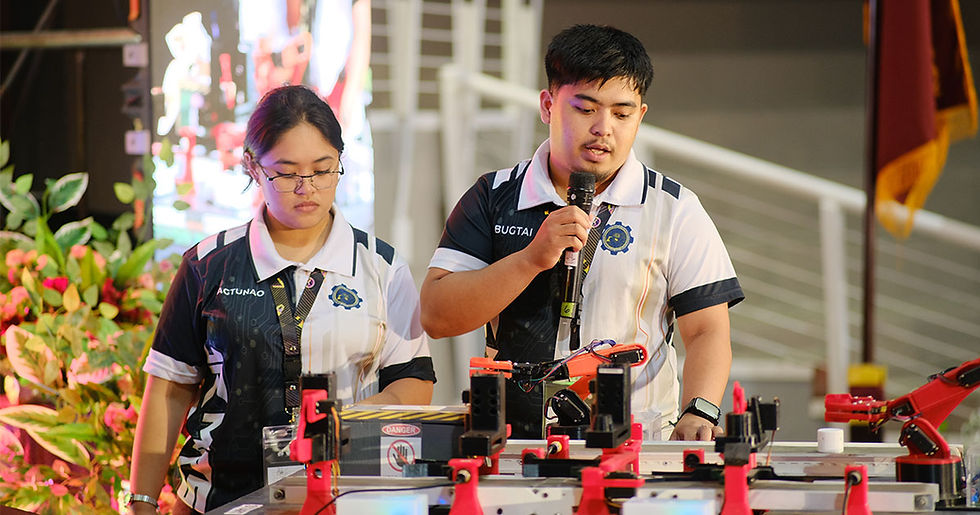Localizing Aid: How Field Ready is Making a Difference
- Field Ready

- Mar 7, 2019
- 3 min read
Localization is one of the topics of the day in the development sector. This was a key outcome from the 2016 World Humanitarian Summit, we’re thankful for that. It is overdue and simply makes good sense. At Field Ready, this mindset and way of working are “cooked in, not bolted on” to our everyday work.
Traditional or old fashion aid is typified by “outsiders” making all the decisions and doing all the important jobs. It separates the privileged outsiders from the “destitute” and “powerless” locals. In disaster assistance, it casts affected people as “helpless victims” who need to be rescued by outsiders.
Localization seeks to improve this situation by moving decision-making, resources and key points of emphasis on those who are closest to the problems. The concept is defined in different ways but it has to do with vulnerable and crisis-affected people taking the lead in determining how aid is used. This means that outside groups have a supporting, not leading role, where and when aid is requested. In short, localization is embodied in the phrase “nothing for us without us.”

We believe humans are underrated. As Horace observed, “adversity reveals genius, prosperity conceals it.” So, our approach emphasizes empathy paired with action. We systematically engage with the people-on-the ground. We seek different perspectives and triangulate facts. In each case, we seek first to understand and, then, be understood. We are upfront about what we can and cannot do.
We also emphasize learning, first within our team and then we those we work. Our assessments are the focus on identifying local capabilities and assets. We try to make something immediately that’s useful. This may be a simple demonstration or finished products, as long as they have an instant impact. Finally, we share what we have made and the knowledge of how to make it openly. Part of our bigger vision is having others adopt what we do so we are pleased to see others replicate our solutions.
So, imagine you are in one of these real-world scenarios:
• An elderly person has had to evacuate their home because of an ongoing natural disaster. Thanks to other aid groups, they’ve been deposited in a safe but empty building with hundreds of other people. The basic essentials – food, water and health care – arrive but they have to sleep on concrete. There is no privacy, no dignity, as each day passes. • A search and rescue worker is digging to find people trapped in a collapsed building. Backhoes, shovels and finally hands are used to find a child who is alive. Yet, with the limited resources at hand, tons of rubble are impossible to move and keep them trapped. If only there were an easy and readily available means to bring the child to safety.
• A physician who is providing care to a terminally-ill patient. The health facility has the equipment needed to save the person, or at least significantly reduce their suffering, but it’s been broken for months and the spare parts simply aren’t available.
• A young mother has been forcibly displaced because of recent fighting. After a harrowing escape, and with nowhere else to turn, she ends up alone in a refugee camp with her two-year-old child. It seems safe but the door to their room has no lock and there are few things for her baby to do.
In traditional assessments and program design efforts, these situations could be missed. The problems could be deemed “too small,” “not important,” or, most likely, “impossible” to do anything about. Moreover, the information so painstakingly gathered and analyzed could be dated and no longer relevant by the time specialist “outsiders” arrive to move the program forward. But in fact, doing something is what aid work is all about and something needs to be done to address these challenges urgently.
Localization can address these issues…and have. We put in place the capability to solve these problems and many more. In a recent response to a volcano in Vanuatu, we provided beds and privacy screens to displaced elderly in a matter of two days. In Syria, our rescue tech equipment has directly the lives of dozens of people. And in numerous countries, we’ve addressed health and protection needs that have been ignored or simply overlooked by other aid groups. This is not only more efficient (i.e., faster and cheaper), it is better than alternative solutions, as it also provides a means of dignity, empowerment and resilience. Despite its impact, our way is still an unusual way of working. So, we ask our partners and donors to understand the difference of our approach. We do our best work in a nimble, localized fashion and supporting us can make all the difference in the world.

_edited.png)




Comments